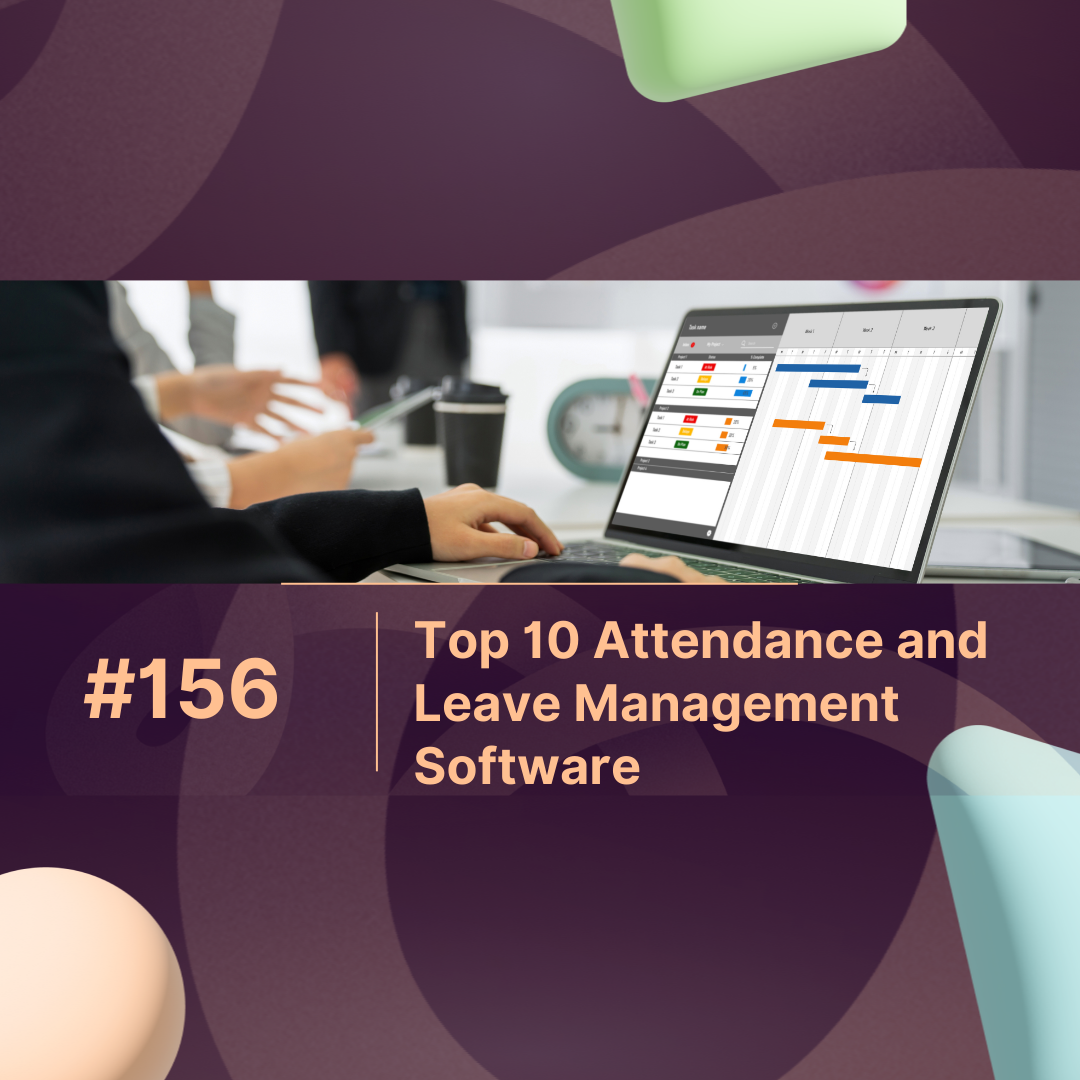In today’s rapidly evolving tech landscape, the demand for skilled professionals is higher than ever. Companies across the globe are racing to innovate, but many find themselves hindered by a significant obstacle: the skill gap. This gap represents the disparity between the skills required by employers and those possessed by job seekers. As technology advances at an unprecedented pace, traditional talent acquisition strategies often fall short. To remain competitive, tech companies must revolutionize their approach to hiring, focusing on innovative methods to bridge this skill gap.
Understanding the Skill Gap
The skill gap in the tech industry is a multifaceted issue. It encompasses a range of challenges, including:
- Rapid Technological Advancements: Technologies like artificial intelligence, machine learning, blockchain, and cybersecurity are evolving so quickly that educational institutions struggle to keep curricula up-to-date.
- Changing Job Roles: Many job roles in tech today didn’t exist a decade ago. This rapid change makes it difficult for both employees and educational institutions to anticipate future skill requirements.
- Global Competition: The tech industry is global, and companies are not only competing for customers but also for talent. The best tech talent is often attracted to the most innovative and well-known companies, leaving smaller or less prominent firms struggling to fill positions.
- Educational Gaps: There’s often a mismatch between the skills taught in educational institutions and those required in the industry. This disconnect results in graduates who are not fully prepared for the demands of the tech workforce.
Innovative Approaches to Talent Acquisition
To address these challenges, tech companies must adopt innovative talent acquisition strategies. Here are several approaches that can help bridge the skill gap:
1. Embracing Continuous Learning and Development
One of the most effective ways to address the skill gap is by fostering a culture of continuous learning and development. Companies can invest in ongoing training programs that help employees stay current with the latest technologies and methodologies. By providing opportunities for upskilling and reskilling, companies can ensure their workforce remains competitive and capable of meeting evolving industry demands.
Example: Google’s internal training programs and resources, such as Google Cloud Certifications, help employees stay ahead in their fields and continuously improve their skills.
2. Collaborating with Educational Institutions
Tech companies can form partnerships with universities and technical schools to ensure that the curricula align with industry needs. By working together, businesses can help shape the educational content, provide real-world insights, and even offer internship programs that give students hands-on experience.
Example: IBM’s P-TECH (Pathways in Technology Early College High Schools) program collaborates with high schools, colleges, and industry partners to prepare students for tech careers through a combination of classroom learning and workplace experience.
3. Leveraging Apprenticeships and Internships
Apprenticeships and internships provide an excellent way to bridge the skill gap by allowing students and recent graduates to gain practical experience. These programs can be tailored to teach specific skills that are in high demand within the company.
Example: Microsoft’s LEAP Apprenticeship Program focuses on providing non-traditional talent, such as career changers and bootcamp graduates, with the experience and skills needed to succeed in the tech industry.
4. Utilizing Talent Analytics
Talent analytics can provide insights into the skills that are currently available within the workforce and identify gaps that need to be addressed. By leveraging data, companies can make informed decisions about hiring, training, and development needs.
Example: LinkedIn’s Talent Insights tool helps companies understand workforce trends, identify skill gaps, and plan strategic hiring initiatives based on data-driven insights.
5. Fostering a Diverse and Inclusive Workforce
A diverse workforce brings together different perspectives and problem-solving approaches, which can drive innovation and creativity. Companies should prioritize diversity and inclusion in their hiring practices to tap into a broader talent pool and address the skill gap.
Example: Intel’s commitment to diversity and inclusion includes initiatives like the Intel Diversity in Technology Initiative, which aims to achieve full representation of women and underrepresented minorities in its U.S. workforce.
6. Remote Work and Global Talent Pools
The shift to remote work has opened up new opportunities for companies to tap into a global talent pool. By embracing remote work, companies can hire skilled professionals from anywhere in the world, thereby overcoming local skill shortages.
Example: GitLab, a fully remote company, hires talent from around the globe, allowing it to build a diverse and highly skilled workforce without geographic constraints.
7. Investing in AI and Automation for Hiring
AI and automation can streamline the hiring process, making it more efficient and effective. AI-powered tools can help screen resumes, identify the best candidates, and even conduct initial interviews, saving time and resources while ensuring a good fit.
Example: HireVue uses AI-driven video interviewing to assess candidates’ skills and potential, providing a more comprehensive evaluation than traditional methods.
Conclusion
The skill gap in the tech industry is a significant challenge, but it also presents an opportunity for companies to innovate and improve their talent acquisition strategies. By embracing continuous learning, collaborating with educational institutions, leveraging apprenticeships, utilizing talent analytics, fostering diversity, embracing remote work, and investing in AI and automation, tech companies can effectively bridge the skill gap.
Revolutionizing talent acquisition is not just about filling current vacancies; it’s about building a resilient, future-ready workforce capable of driving sustained growth and innovation. By adopting these strategies, tech companies can navigate the complexities of the modern business environment, remain competitive, and achieve long-term success.



